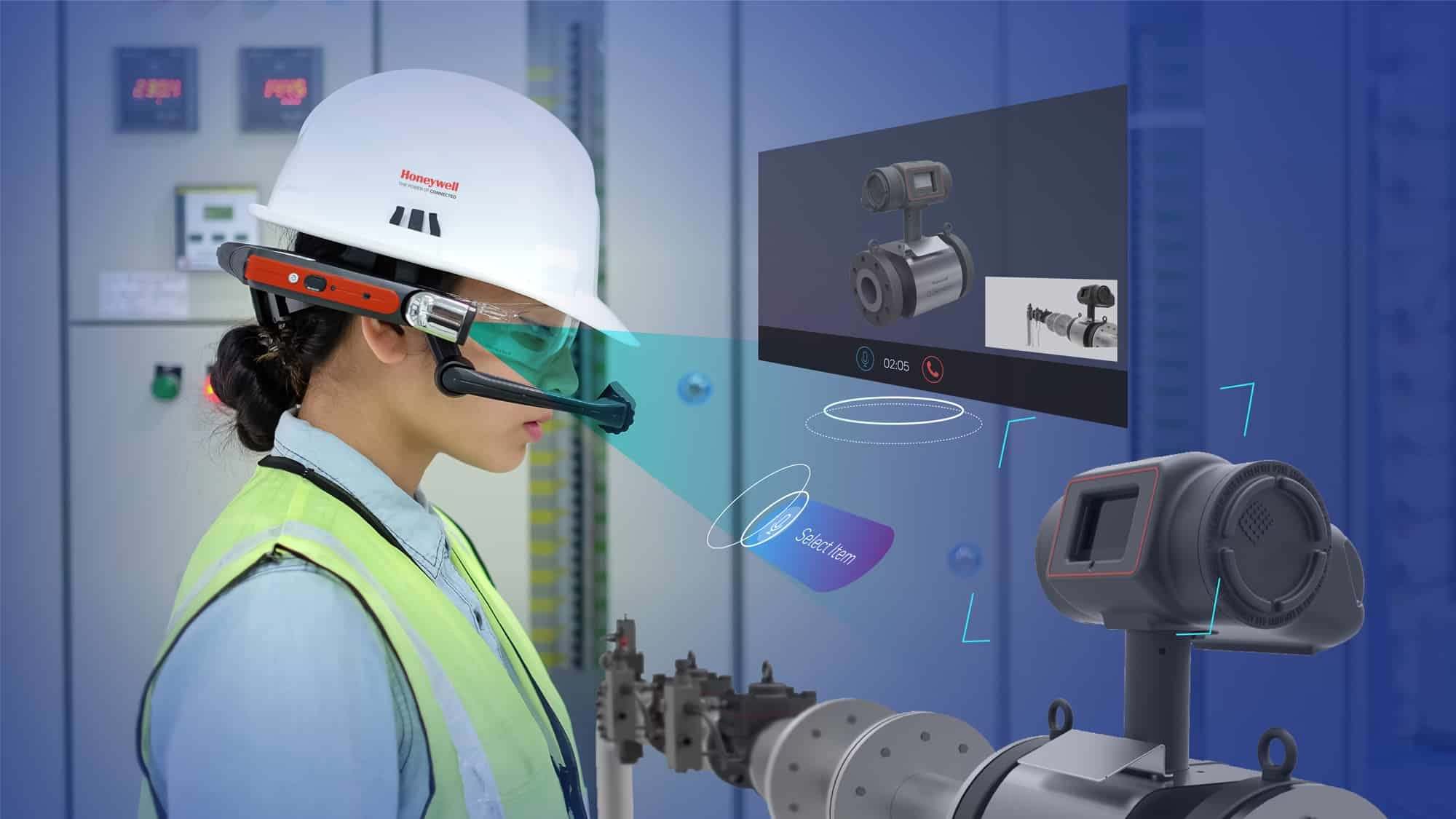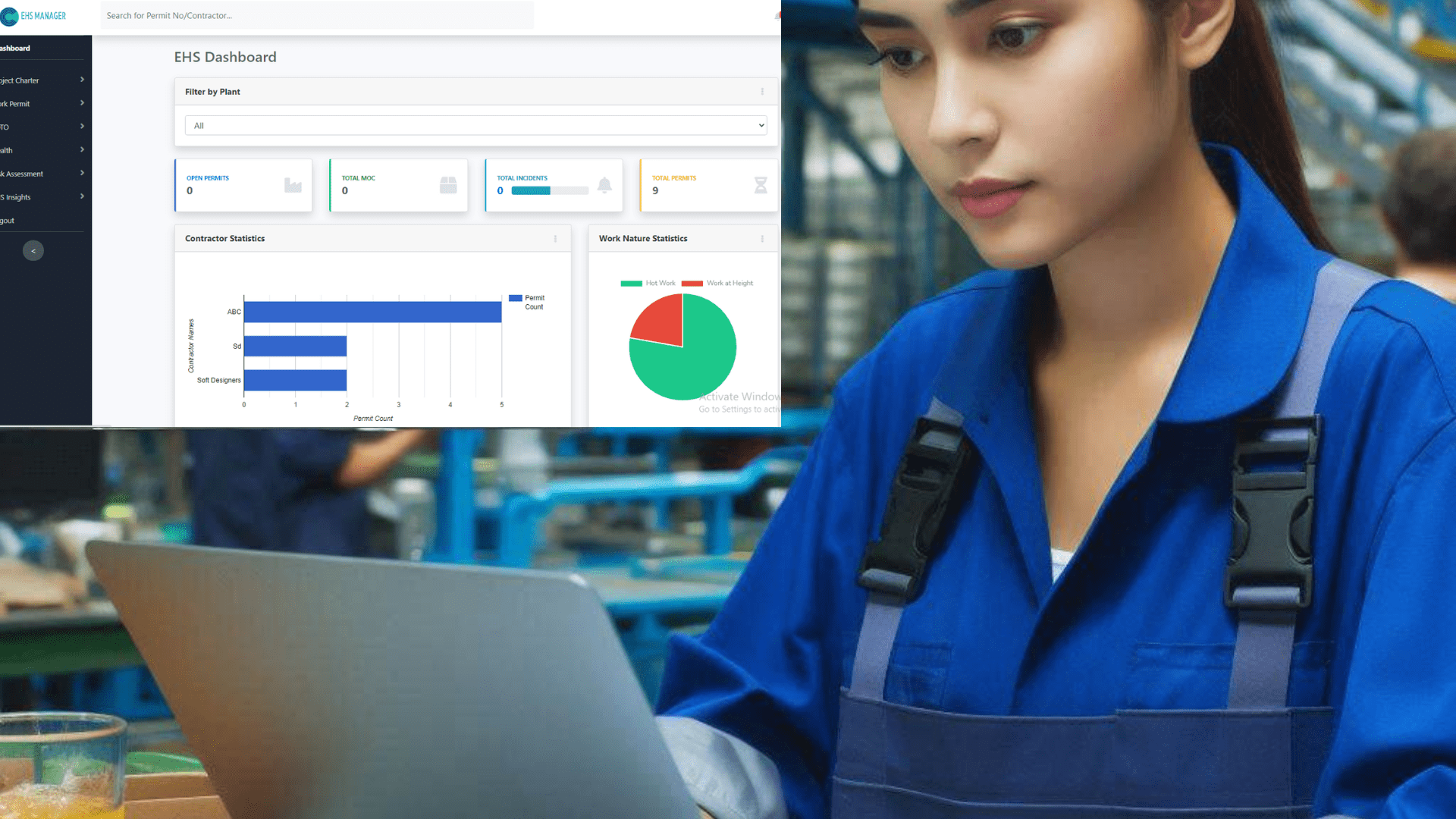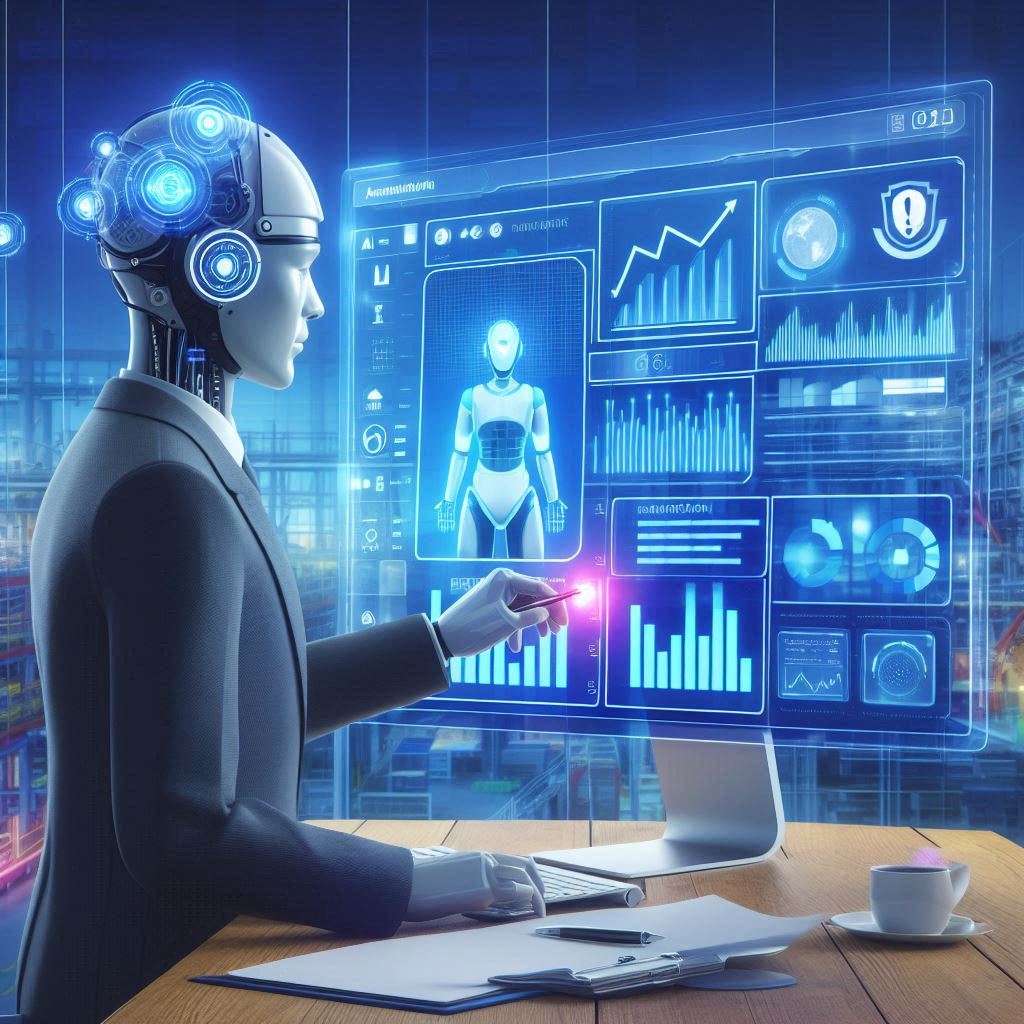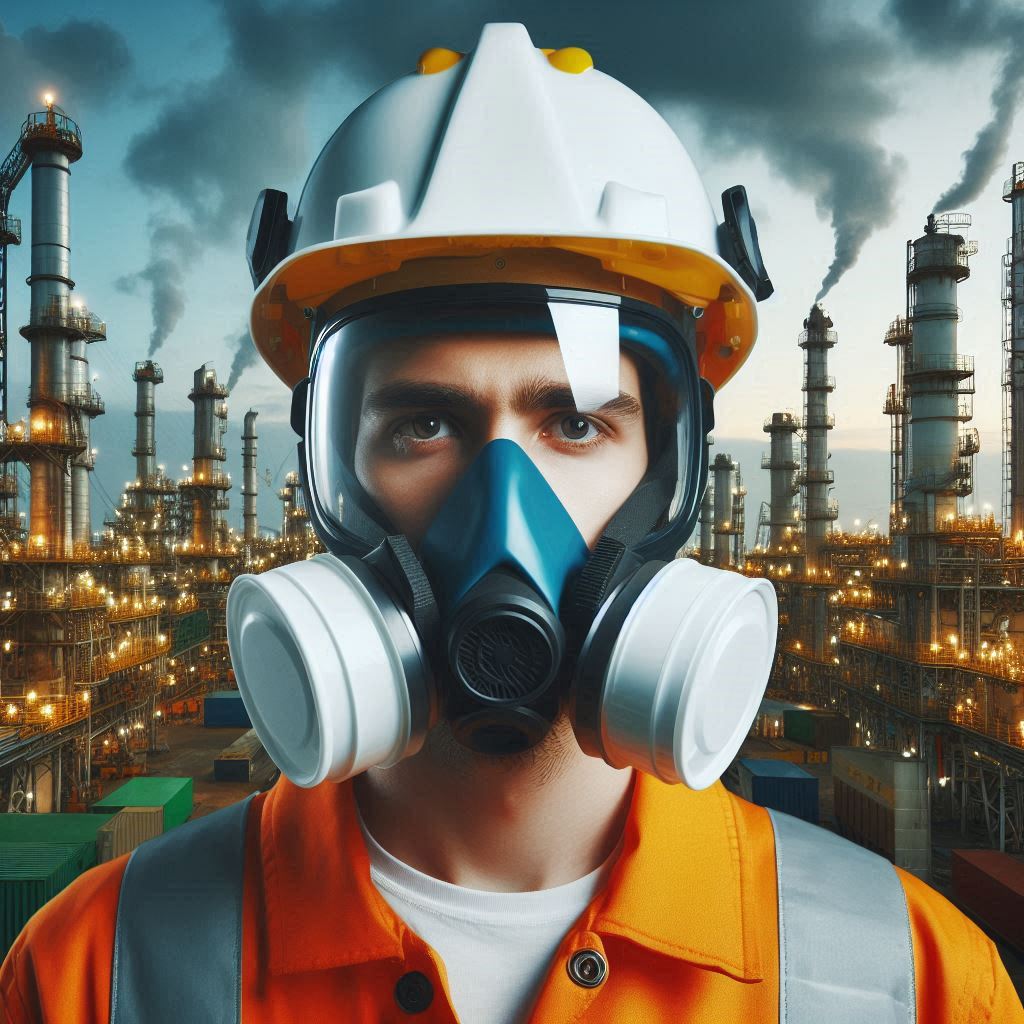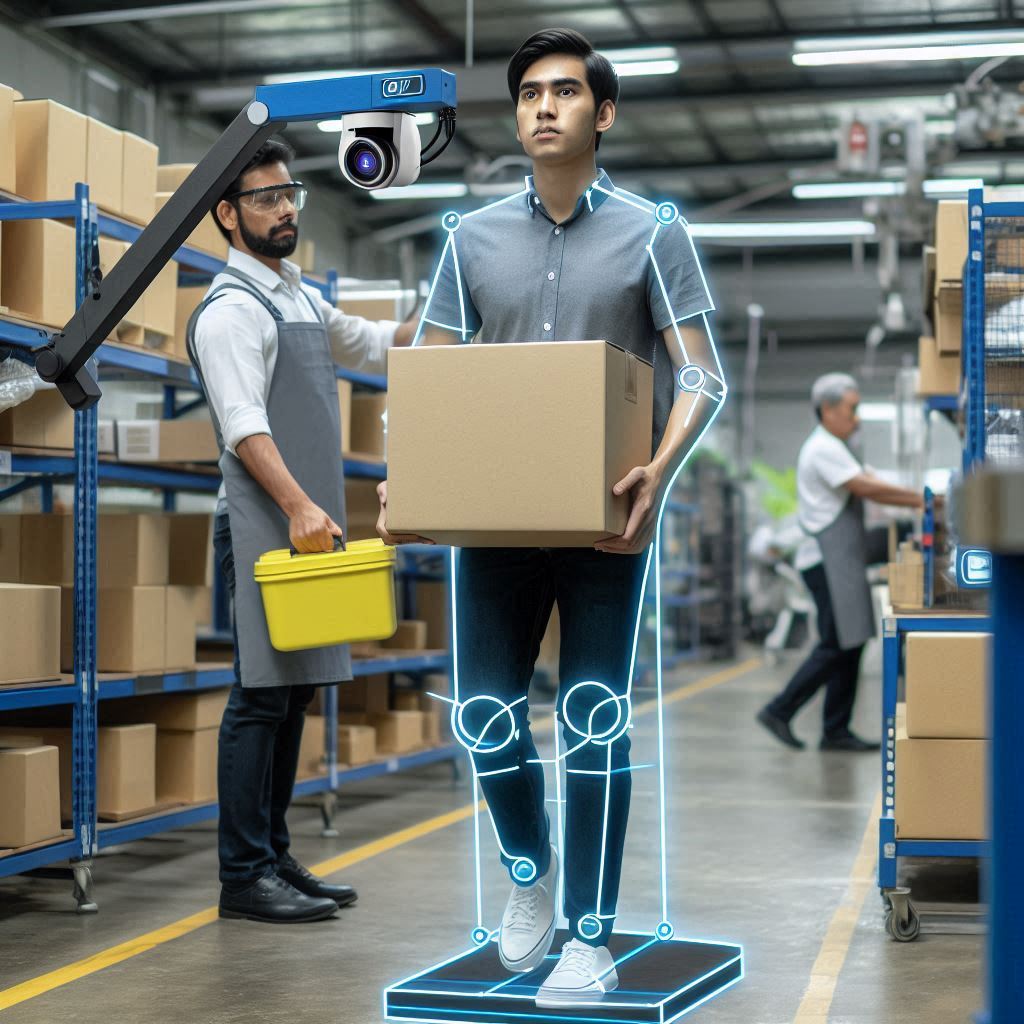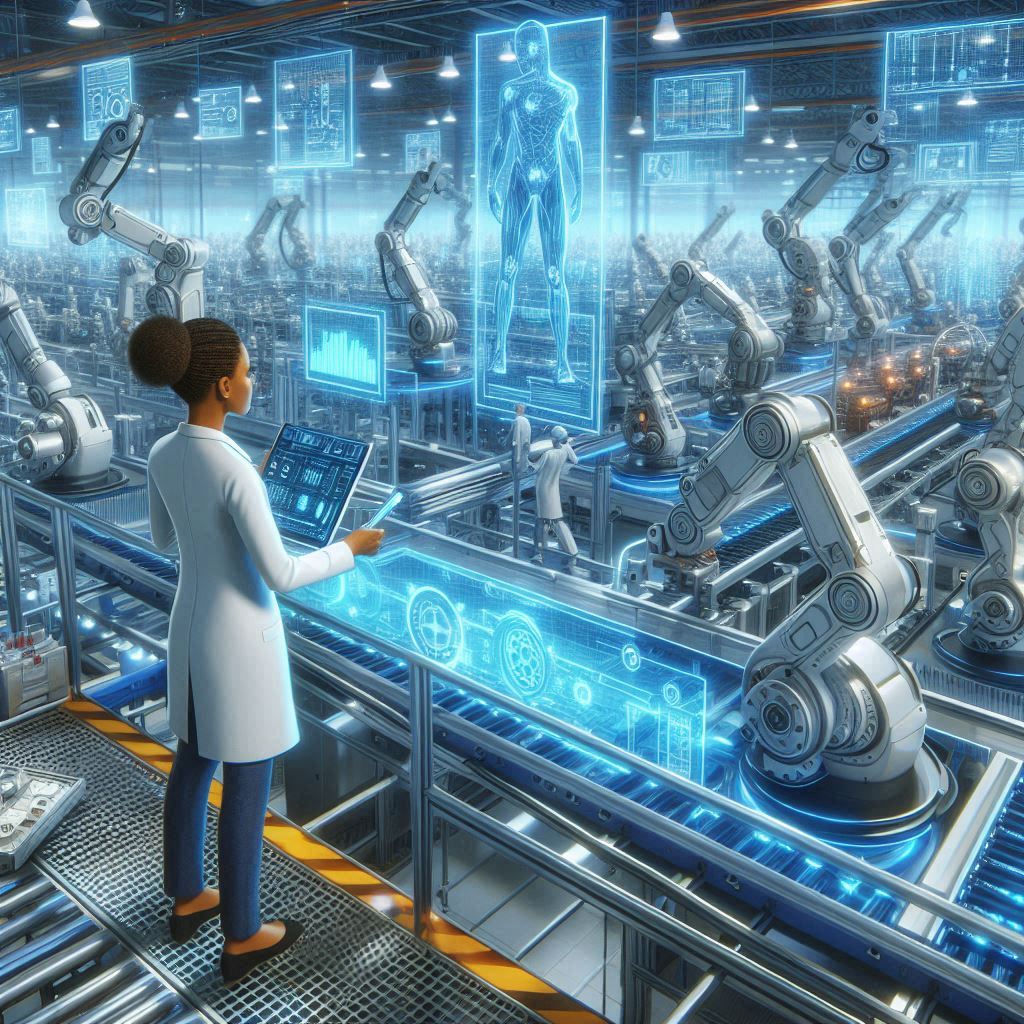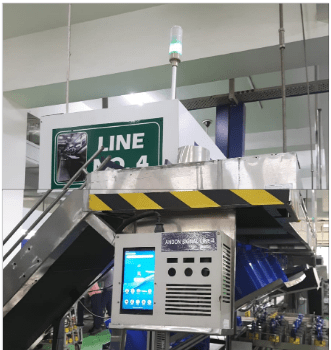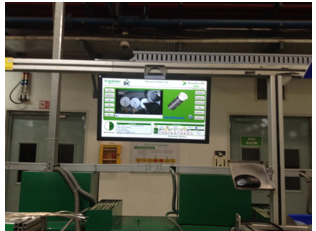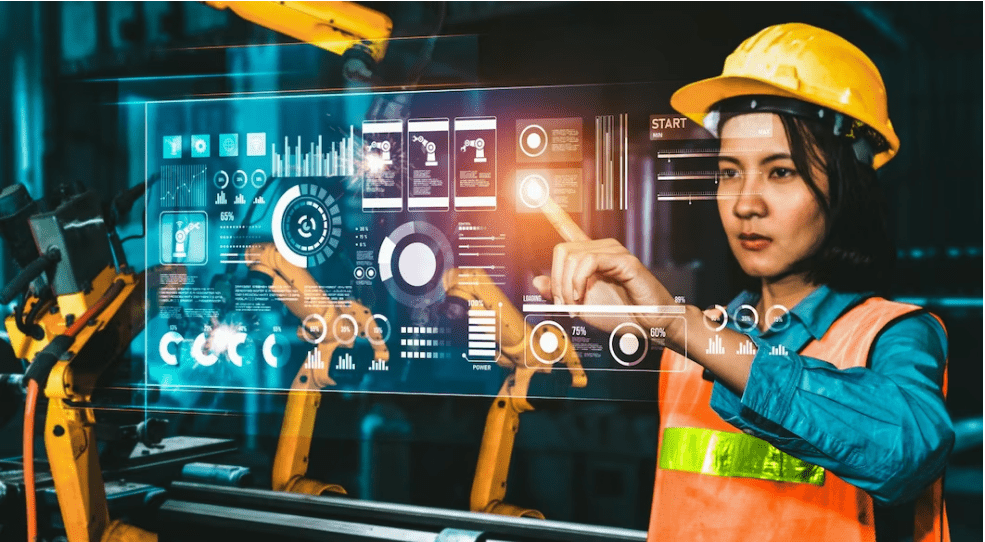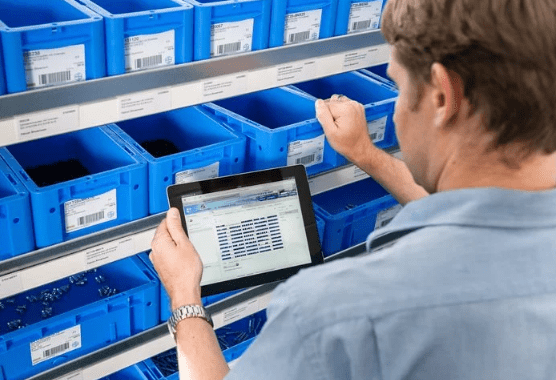Future-Ready Workplace Safety: AR & AI Innovations:
Introduction:
Workplace safety is evolving beyond basic rules and equipment. Future-ready workplace safety uses innovation like digital tools and smart technology to prevent risks, protect employees, and build a safer tomorrow. By adopting modern solutions, organizations can respond faster to hazards and reduce accidents.
AR-Based Training for Future-Ready Workplace Safety:
- Immersive Learning Experience:
AR-based training lets workers see digital hazards in the real world, so they can practice handling fire, chemicals, or other dangers safely. This improves learning and reduces real accidents. It also makes training more engaging and easier to remember. - Real-Time Scenario Simulation:
Trainees can see and respond to real-life dangers, like machine or electrical accidents, using AR. It shows what can happen if safety rules aren’t followed, helping them learn safety clearly and safely. - Hands-On Skill Development:
AR lets employees practice tasks like using machinery or PPE virtually. This hands-on training helps them learn skills faster and gain confidence before working with real equipment. - Customized Training Modules:
AR systems can be customized for different jobs. For example, warehouse workers, electricians, and lab technicians can get AR training that teaches them about the hazards they are most likely to encounter.
- Instant Feedback and Assessment:
AR training platforms give instant feedback, show mistakes, and suggest corrections right away, helping employees learn faster and follow safety rules correctly. - Cost and Time Efficiency:
With AR, companies can cut down on physical mock-ups, extra safety drills, and offsite training. Virtual modules can be reused at different locations, saving time and money while keeping safety standards consistent.
Fire Extinguishers: Essential Safety Tools for Immediate Fire Response:
- Variety and Specificity of Fire Extinguishers
Fire extinguishers are made for different types of fires—like electrical, flammable liquids, or ordinary materials. Using the correct type in the right place helps stop fires safely without making them worse. - Strategic Placement for Quick Accessibility
Positioning fire extinguishers at accessible locations near high-risk areas—like kitchens, laboratories, or electrical panels—reduces response time during emergencies. Clear signage and unobstructed paths help employees locate and use them immediately. - Regular Maintenance and Inspection
Scheduled inspections and maintenance are crucial to ensure fire extinguishers are functional when needed. Checking pressure gauges, expiry dates, and nozzle conditions prevents failures during critical moments. - Integration with Training Programs
Combining fire extinguisher availability with AR-based or hands-on training helps employees understand proper handling techniques. This empowers staff to act confidently and minimizes panic during a fire. - Digital Monitoring and Smart Systems
Advanced workplaces are now integrating IoT-enabled fire extinguishers that alert management when maintenance is due or if they are used. This ensures real-time readiness and compliance with safety standards.
AI-Based Risk Advisor for Future-Ready Workplace Safety:
An AI-Based Risk Advisor is an advanced tool that uses artificial intelligence and machine learning algorithms to continuously analyse workplace data and predict potential safety risks before they occur. Unlike traditional safety checks that rely on periodic inspections, this system can process large volumes of data in real time, including employee behaviour, equipment status, environmental conditions, and historical incident reports.
Predicting and Analysing Incident Trends:
- Predictive Analysis Using Historical Data
By studying past incidents, near misses, and safety reports, organizations can spot patterns and high-risk areas. AI tools can analyse factors like location, time, job role, equipment, and environment to predict possible accidents, helping teams act before problems occur. - Real-Time Monitoring and Risk Alerts
Modern incident forecasting goes beyond past data. IoT devices, sensors, and wearables monitor workplace conditions like temperature, machine vibrations, and gas levels in real time. This data helps predict risks and sends instant alerts to prevent accidents before they happen. - Trend Mapping for Strategic Safety Planning
Forecasting trends helps identify which areas, shifts, or tasks are more likely to have incidents. Using visuals like heat maps or dashboards, safety managers can easily see patterns. This allows management to focus resources, provide targeted training, and strengthen safety measures where they are needed most. - Integration with AI-Powered Risk Assessment
Using AI-based risk advisors with trend forecasting helps identify what might cause accidents. AI can simulate situations like equipment failure or human mistakes to predict risks. This lets organizations focus on preventing the most likely problems instead of guessing. - Continuous Improvement and Learning
Forecasting incident trends isn’t a one-time task. Organizations keep updating predictions as new data comes in. Learning from Near misses and small incidents helps improve safety, so risks are spotted early and prevention keeps getting better.
AI-Based Document Analyzer: Streamlining Safety Compliance and Accuracy:
1. Automatic Review: Scans safety documents for errors or gaps.
Explanation: Reduces human mistakes and ensures accurate reporting.
2. Compliance Check: Validates documents against safety regulations.
Explanation: Makes it easier to stay compliant and avoid penalties.
3. Faster Processing: Saves time compared to manual review.
Explanation: Staff can focus on implementing safety measures rather than paperwork.
PPE Detection: for Future-Ready Workplace Safety:
1. Real-Time Monitoring: Cameras detect if employees wear proper PPE Alerts are sent immediately if safety gear is missing.
2. Safety Enforcement: Encourages consistent PPE use Promotes a culture of safety and reduces injuries.
3. Reporting & Records: Tracks PPE compliance over time Helps management identify trends and improve safety policies.
Headcount: Monitoring Workforce for Safety and Efficiency:
1. Zone Monitoring: Tracks number of people in each area Ensures no overcrowding and helps manage workforce efficiently.
2. Emergency Accountability: Checks that everyone is accounted for Critical during evacuations to prevent anyone from being left behind.
3. Resource Planning: Helps schedule tasks based on occupancy Optimizes workflows while maintaining safety standards.
Document Recognition – Manual to Digital:
1. Paperless Conversion: Scans manuals, logs, and reports digitally Makes documents easier to store, search, and access anytime.
2. Key Information Highlighting: AI extracts critical safety instructions Employees can quickly find important guidance without reading full documents.
3. Efficient Management: Centralizes all safety documents Simplifies updates, compliance checks, and reporting for safety teams.
Conclusion:
By embracing innovation, Future-Ready Workplace Safety helps create a resilient future.

